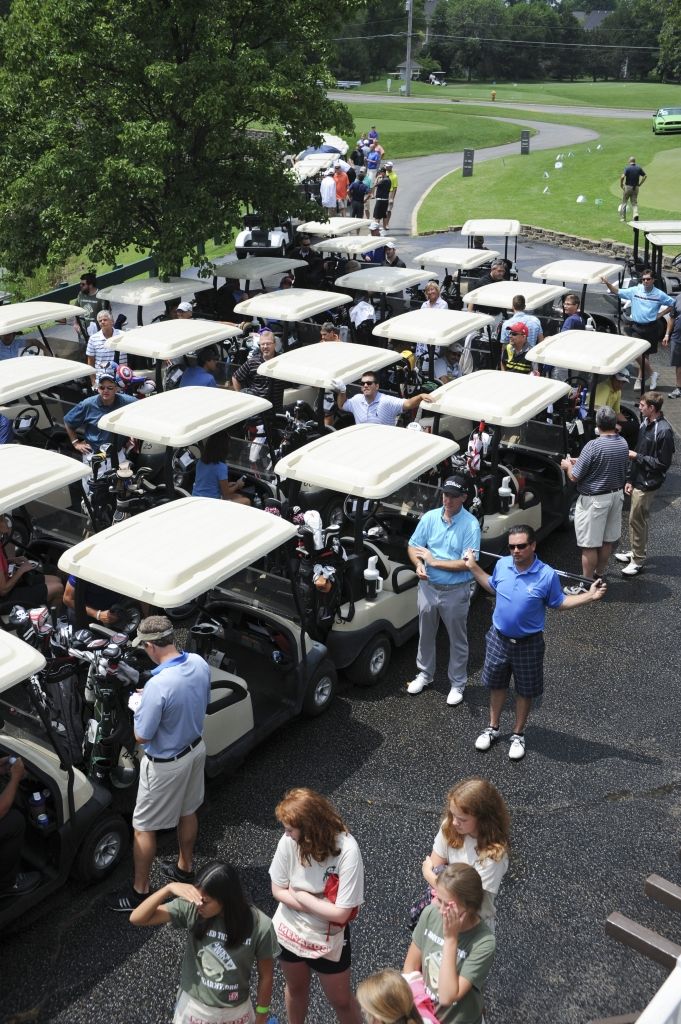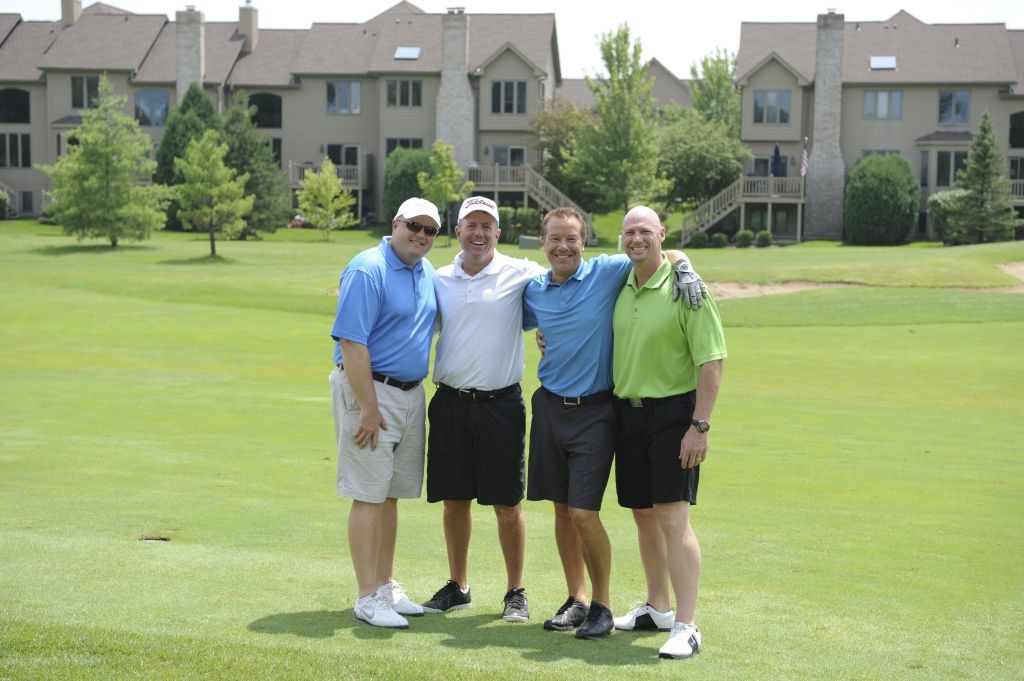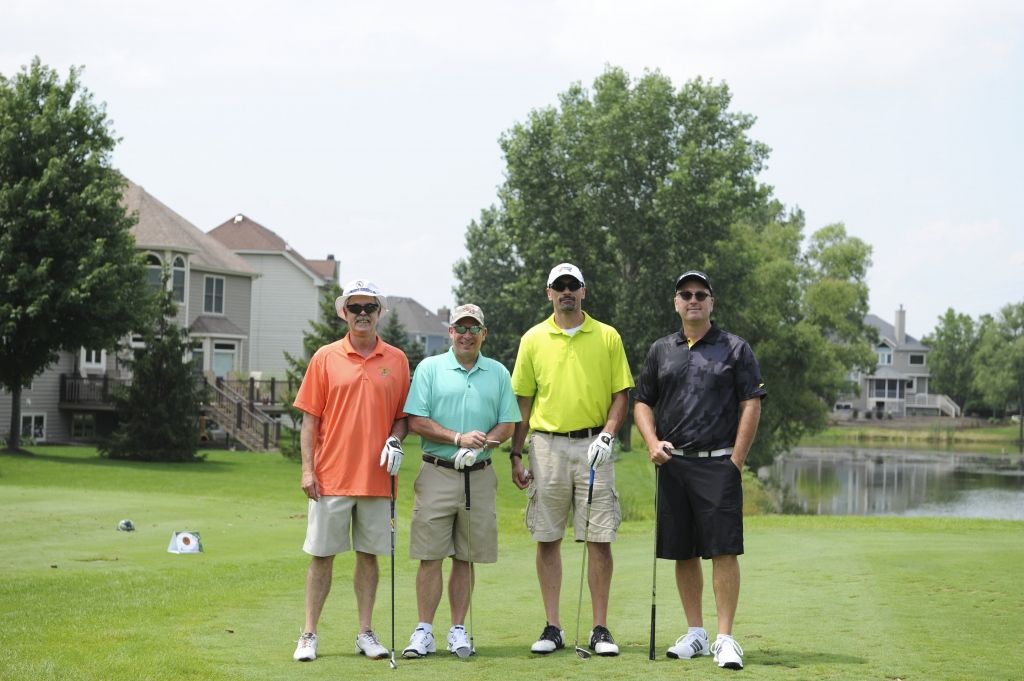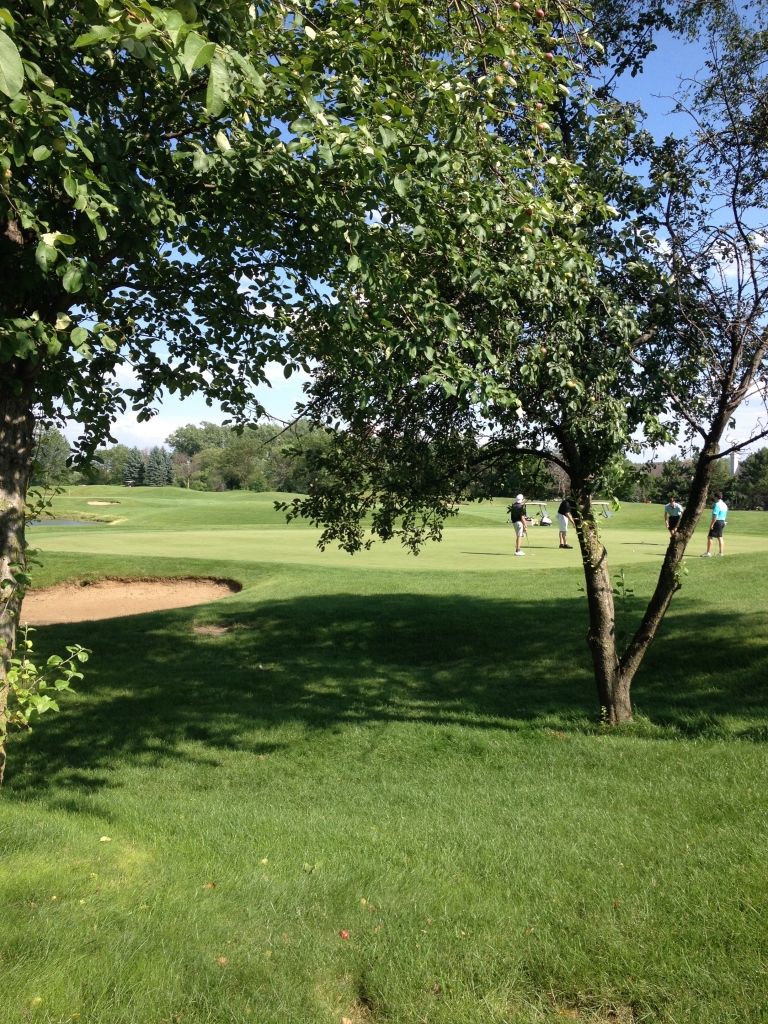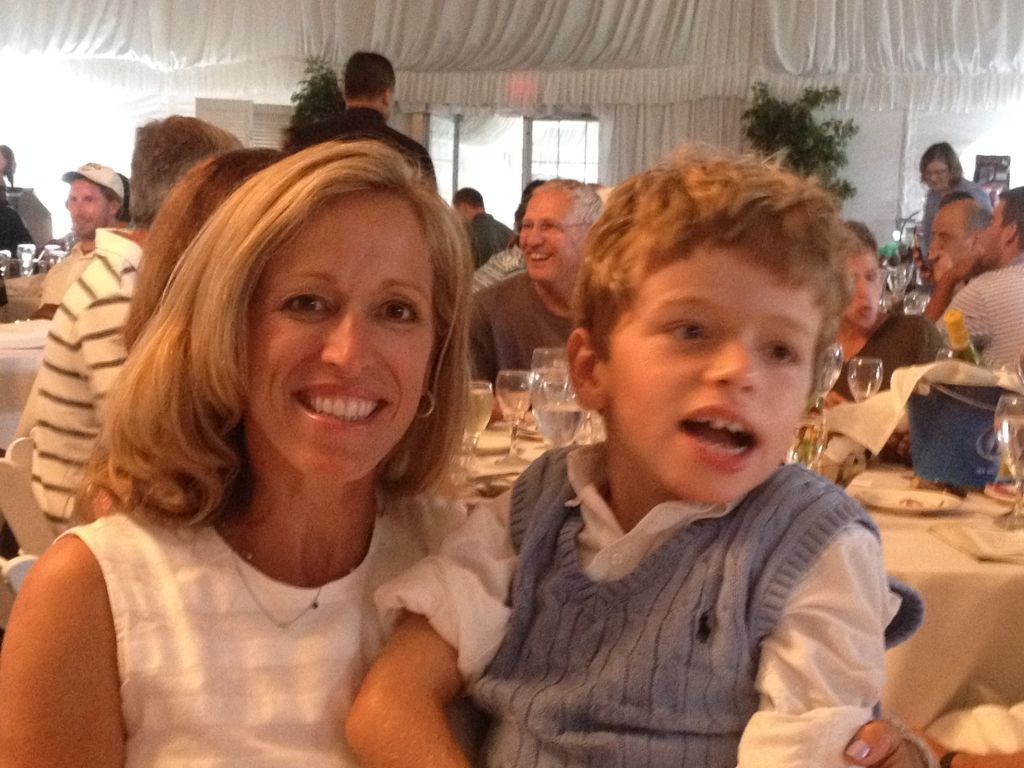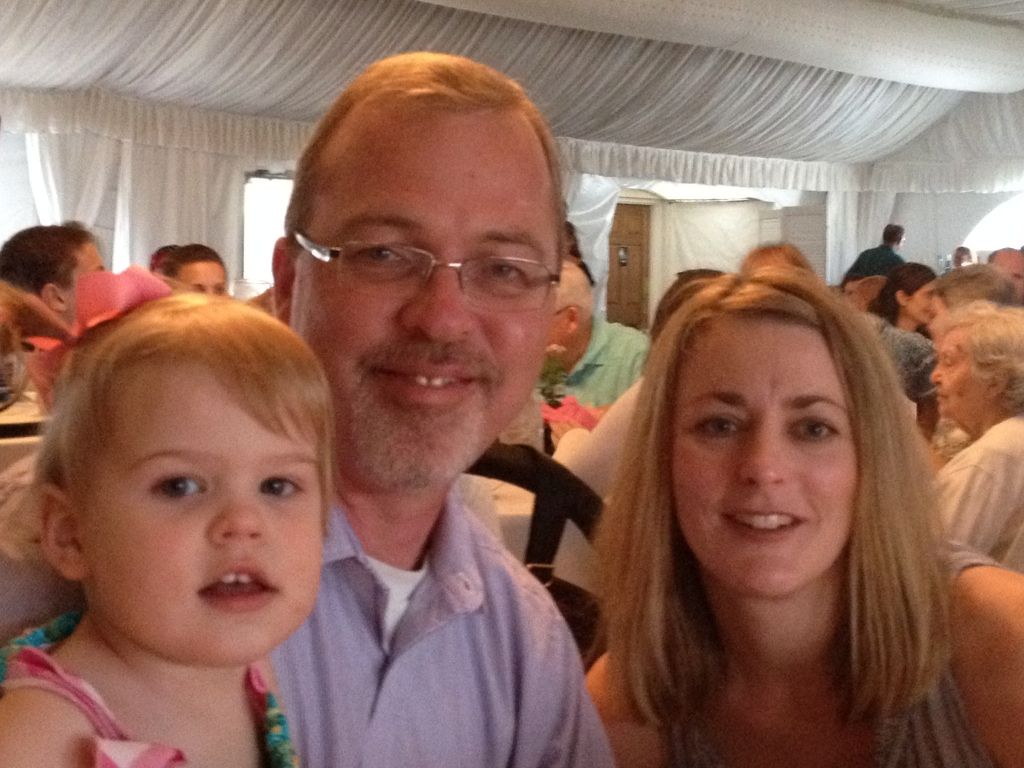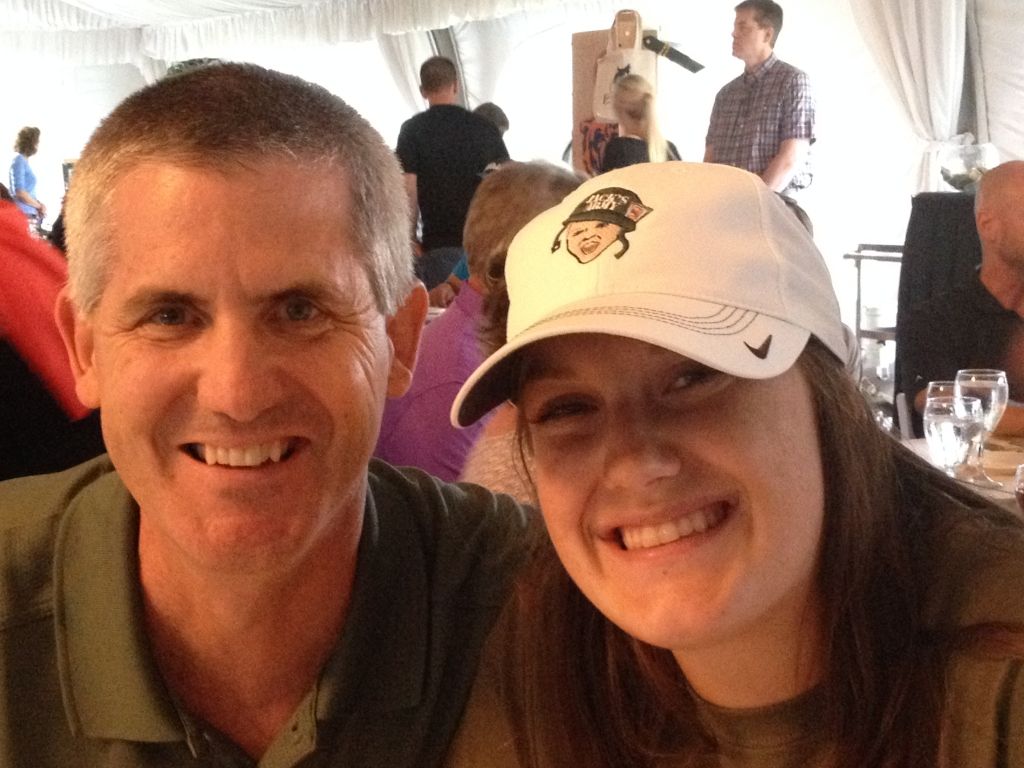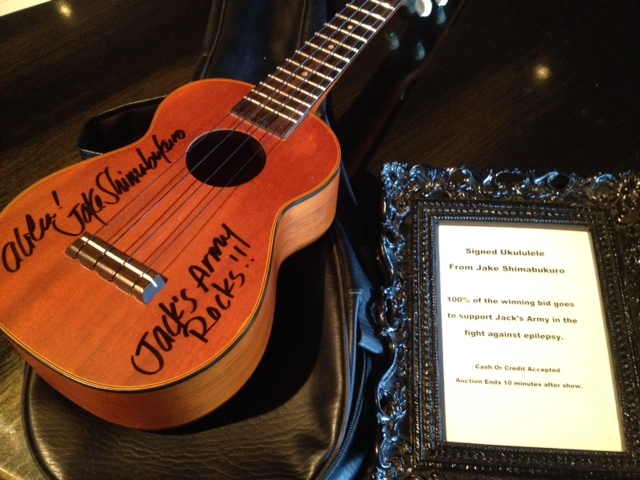- Details
- Written by Gina Vozenilek
- Category: News
- Hits: 4193
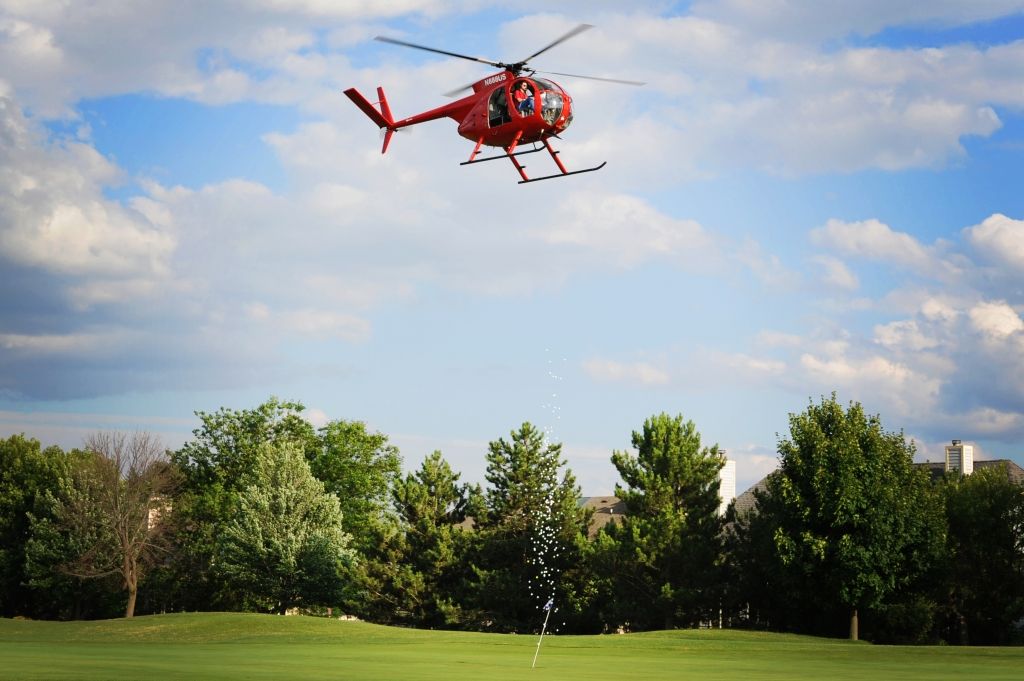
We could hear it approaching before we could actually see it.
On July 14 at Klein Creek Golf Club in Winfield, Illinois, a crowd gathered on the ninth green. We were golfers and caddies and volunteers who had been together since breakfast. We were folks just free from a long day at the office, ready to have some fun. Some of us fought traffic, like Dr. John Millichap, who hurried to join us after work at Lurie Children’s Hospital downtown, still in his suit and tie. We were some 225 friends new and old, some all the way from Denver and California and Florida and Las Vegas. And we were all focused on something together, expectantly, looking up.
If you think I’m going to say that that something was a helicopter, you are half right. Against a blue sky no one would have believed possible hours earlier, a red helicopter emerged. It hovered for dramatic effect over the tenth hole and then dropped its payload. The lucky golf ball closest to the hole won $5000; the sale of chances brought in thousands more. And when the evening was over, the Third Annual Jack’s Army Golf Outing had raised an astounding $80,000 to research KCNQ2-related epilepsy and raise awareness. This crazy success proved what we already knew: The devotion of this Foundation’s supporters runs deep.
Jack’s parents felt that support, and so did Harper's and James' parents, our very special guests that night, and the families of all the children far and wide who seek a cure. I know I speak for all of them when I say thank you to all who share so generously of their time, talent, and treasure. When people come together to work for a common goal, amazing things can happen.
Reflecting on the golf outing, I see the helicopter as something more. It’s a metaphor for the hope for a cure that will come. We just know it. We can hear it in the distance, coming closer, and feel it reverberate in the air around us. That’s why we stand together and look up.
Add new comment
- Details
- Written by Gina Vozenilek
- Category: News
- Hits: 4203
[vimeo id="100668652" width="600" height="350"]
At the evening event we watched a beautiful video (thank you Lisa Miller!) that gave us a look back at how Jack's Army started, and how it has grown. In fact, it has grown so big and far-reaching that we at The Jack Pribaz Foundation have launched a new website to provide a home for all the many groups that have sprung up to support kids like Jack and Harper and James all over the world. Come check it out at www.kcnq2.org.
Meanwhile, we're still hard at work back home here at Jack's Army. Stay tuned for deluxe coverage of the Third Annual Golf Outing. Photographers are in their digital darkrooms and bean counters are tallying up the wild auction action. Thank heavens for crazy golf addicts, Blackhawk fanatics, and people whose appetites are as big as their generous hearts.
- Details
- Written by Gina Vozenilek
- Category: News
- Hits: 5039
Guest Blogger Jason Lent writes about why Jack’s Army matters to him and about how he made it matter last night with his ukulele at the Hard Rock Café in Las Vegas …
I met Jack's father Mike in high school one miserable, humid day in Boca Raton, FL. We were young guns trying to make our way on the Pope John Paul II high school basketball team. It was fairly evident early on that neither of us would be pursuing a career in the NBA, but "Salt of the Earth, Won't Play A Second" and "No Talent, Has To Play" (as our coach dubbed Mike and me, respectively) stuck with it for all four years. College sent us in different directions but the friendship endured.
I was in Hawaii when Jack was born and I remember Mike's message that "there was a problem" in the hours after the delivery. It was a heart wrenching experience watching my best friend and his beautiful new wife grapple with the unknown. The year that unfolded was full of ups and downs and it took its toll on the family. When the opportunity arose in 2010, I ditched my job in Hawaii to follow my muse as a music writer on tour with Cowboy Junkies. My home base for the journey became Mike and Liz's basement where two TV's and an infamous purple blanket were all I needed to stay warm and content. It was a wonderful experience living with them and learning more about Jack's condition. The annual Jack's Army golf tournament inspired me to become a more serious golfer, and winning it someday will be my Masters.
Growing up in Florida, one of the first concerts Mike and I ever attended together was Jimmy Buffett at the Sunrise Musical Theater. We were instantly transformed into Parrot Heads. The mix of rum, beach bum laziness, and general disregard for taking life too seriously fit us perfectly. When I took a job working for Jimmy Buffett in Hawaii, Mike was probably even more excited than I was. Hawaii is full of talented musicians and ukulele master Jake Shimabukuro was one of my favorites. We became friends during my time working with Jimmy Buffett as Jake began touring with Jimmy and playing in his band.
Last night in Las Vegas, I had the privilege of watching Jake play the venue I now manage. As soon as Jake recognized me last night, I was greeted with a warm hug and we caught up on the missing years. I mentioned my time in Wheaton, IL, with Mike and the family. I talked about the amazing work of Jack's Army and asked Jake if he could sign my old ukulele for a charity auction. He was eager to participate, and I put together an auction just before we opened doors for the concert. Two fans began to bid aggressively as the ukulele became a two-horse race.
After the show, I was pleased to see the winning bid was $500 from a huge Jake fan. As Jake came out after the show, he gave the winner a hug and thanked him for supporting Jack's Army. It was the kind of night where everyone went home happy and Jack's Army took another small step forward on the road to a cure.
[caption id="attachment_519" align="aligncenter" width="480"]
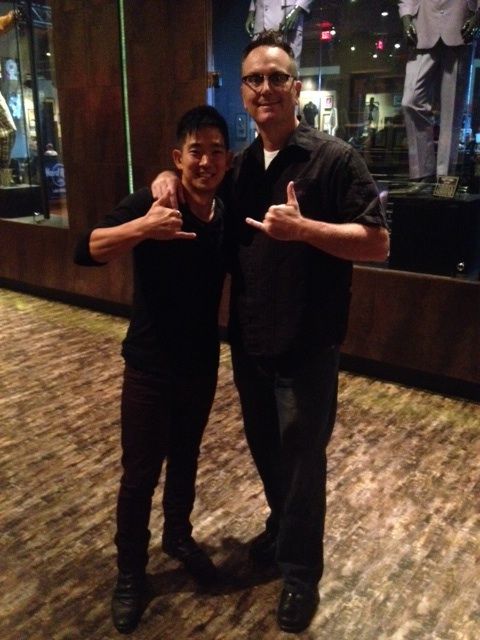 The incomparable ukulele maestro Jake Shimabukuro and the amazing Jason Lent.[/caption]
The incomparable ukulele maestro Jake Shimabukuro and the amazing Jason Lent.[/caption]Jack's Army would like to thank Jake for his support. And to his fan who won the auction: Thanks, man! And of course, hats off to the talented Jason Lent for his creative fundraising and for this dispatch from the road.

